The goal of any photographer should be to start ‘seeing’ and ‘visualizing’ the world through the aspect of a camera…in my opinion. Every moment you are in front of something you should be thinking “how can I shoot this”? Even if you don’t have your camera with you, getting into the habit of viewing everything as a potential image will assist you and improve your photography in more ways than you can predict. And don’t forget that you usually have important ‘practice’ and recording tools with you, which includes your cell phone’s camera.
I don’t always carry a camera with me, well, except for the one on my phone. It always seems that the best photographic opportunities seem to creep up exactly when I don’t have a camera. Every once in a while, my wife and children will ask me if I’m paying attention to them because they see my eyes glazing over, not because I’m not listening to them, but rather because I’ve started to mentally process a scene around myself that I think would make a great image. Of course, this is of little consequence to them and they struggle to understand why my thoughts are more on a potential picture than on their world, which is of course the most important thing in the universe, lol. Well, I’m not really intending to be rude, it’s just a habit I’ve picked up. Everywhere I go I have the tendency to ‘look’ for images, especially if I’m conscious of it and am challenging myself to see if there is a shot there. Luckily for me, they understand, and jerk me back into reality…for the most part. Although this habit might not be appealing to them, it does lend to an ongoing creative process that is constantly improving my ability to see and capture new images.
I’m not telling or suggesting that you start ignoring the people around you just to discover a shot, this is not advantageous, nor is it good while driving or speaking with the spousal unit, hehe, but you also can’t expect to grow as a photographer without constantly practicing the skill. Luckily, you don’t really need a camera to actively work on your skills. Simply looking at your surroundings for a possible image is actually quite enough to continue to grow your vision skills. The next time you have a mental moment to breathe, look around you and at your immediate surroundings. What is around you? How can you make an image out of what might appear to be simple or the mundane? Is there an obvious story around you, and if not, can you abstract a small portion of the scene into an image or story? This is part of the thinking that comes after the seeing in the See-Think-Shoot concept. Seeing is not just with the eyes, it’s with the mind, the soul, creativity, and everything else that goes with both seeing and thinking about what you are seeing, or maybe rather, that innate human trait of creating something out of nothing. Our minds are hardwired for creativity, and we should be thankful of that burning desire since it’s what led to harnessing fire, the wheel, language, music, art, the industrial revolution, space exploration, and on and on and on. A ‘rocket’ scientist doesn’t look at the stars and think about how the surface of a possible planet looks, instead, he automatically, as though he was a programmed machine, starts to mentally see a spaceship with a propulsion unit, guidance systems, life support, massive software, etc. Kind of like our ISO, shutter, aperture, focal length, etc. He sees the grand picture by mentally visualizing the individual elements. As photographers, we should do the same, all the time, or at least when it is safe or allowable.
You should always remember the tools you have on you. Did you know that many famous photographers over the years actually sketch the scene of an envisioned image before ever going home to get their camera? Ansel Adams was known to spend hours sketching a landscape ‘without’ a camera being anywhere near him, having to go home and return to that same spot when he felt the light would be perfect. Many photographers have an art background and can effectively draw or paint. I’m NOT one of them though. My stick figures don’t quite cut it. But…I do always have my iPhone with me. Every once in a while I will see a scene that I am just dying to photograph but don’t have my DSLR with me. So what do I do? Duh, I whip out my iPhone and take a temp shot, a tear sheet if you will, for a future shot. There are two positives to this practice. First is the obvious one, you can explore or check the feasibility of the image you are visualizing. The second, which is just as important to me as the first, if not more is that you now have a long term reminder that you need to get your camera and go back to realize your vision. I have Swiss cheese memory, I know it, my family fondly reminds me of it constantly, so I’ve learned to compensate. This ironic and unconnected issue and preventative measure has spilled over into my photographic life. It doesn’t matter if you take a temp record shot of your scene, sketch it out on a napkin, or even type yourself a quick email (I do this constantly!!!) or a note in your cell, just as long as you do it. Our brains are bombarded with massive amounts of data per day and even the best of memories can’t remember everything.
I know this sounds like another philosophical post, but it is quite the opposite! Anything, and I mean almost anything, that helps you develop (or in this case remember to create) more creative images, is in the long run, one of the most powerful tools you have at your disposal, and even more importantly, it is completely ‘free’. So the next time you’re sitting at Starbucks, outside of a restaurant, even in someone’s backyard during a get-together, remember to ‘see’ your surroundings and ‘think’ about where and how you can get your next image. Most of us improve our skills by practice, so ‘practice’ everywhere and anytime you can!
The following images were taken one afternoon, in less than an hour, in one of the most obvious, and free if you don’t encounter a nasty employee,…Home Depot! Yep, a stroll through the outdoor department just wouldn’t leave my brain alone even though I was there just to pick up some shelf brackets, so I literally gave in by going out to my car to get my backup camera that luckily was still in the trunk. By the way, if you ever run into a cranky employee there, simply tell them you are taking pics to help you and your other half plan on an upcoming renovation. Of course you’ll have to leave your tripod in the car to backup your story, but that’s a small price to pay to save you a lot of money travelling around the world to find some of those plants in the wild. Luckily, flowers and plants are not copyrighted or trademarked, so…
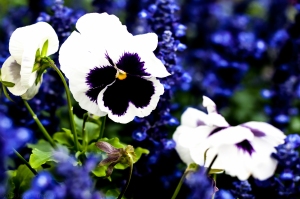

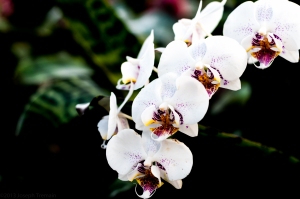
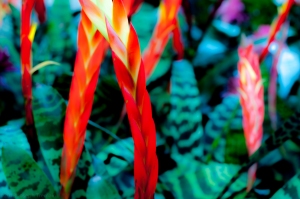
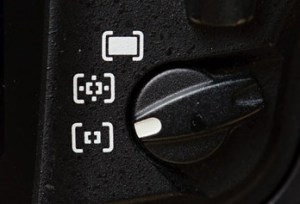
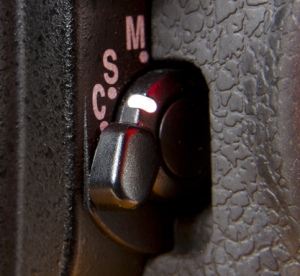
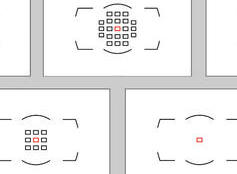
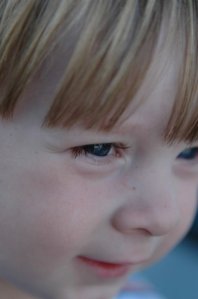
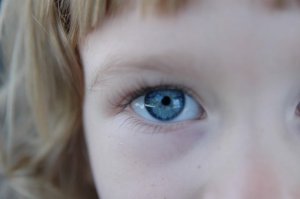
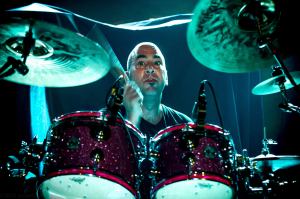

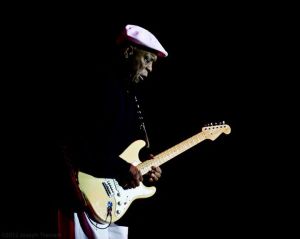
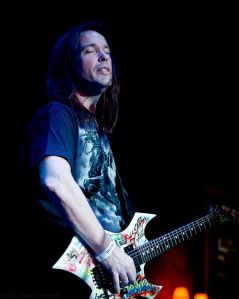
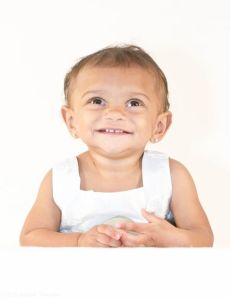
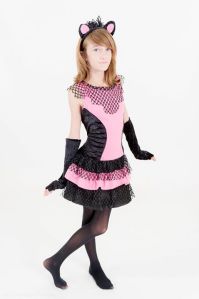
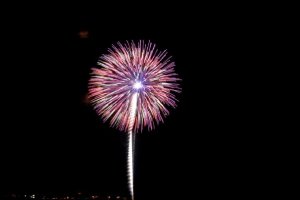
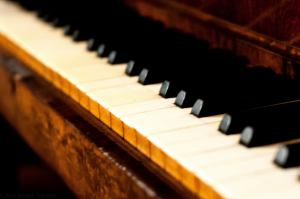
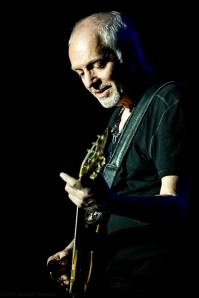
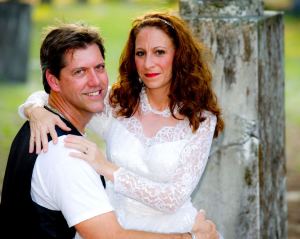
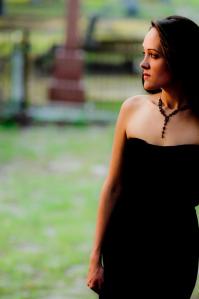
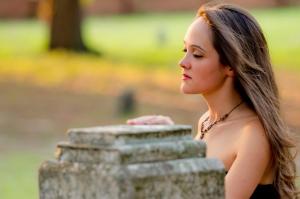

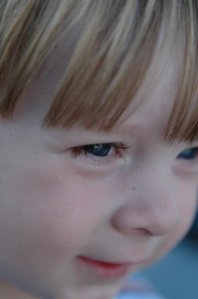
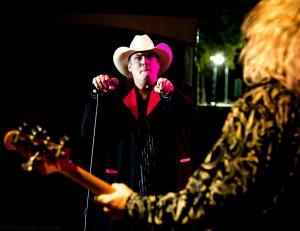

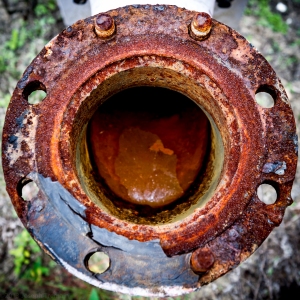
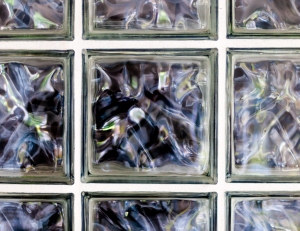
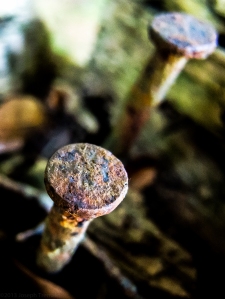
You must be logged in to post a comment.